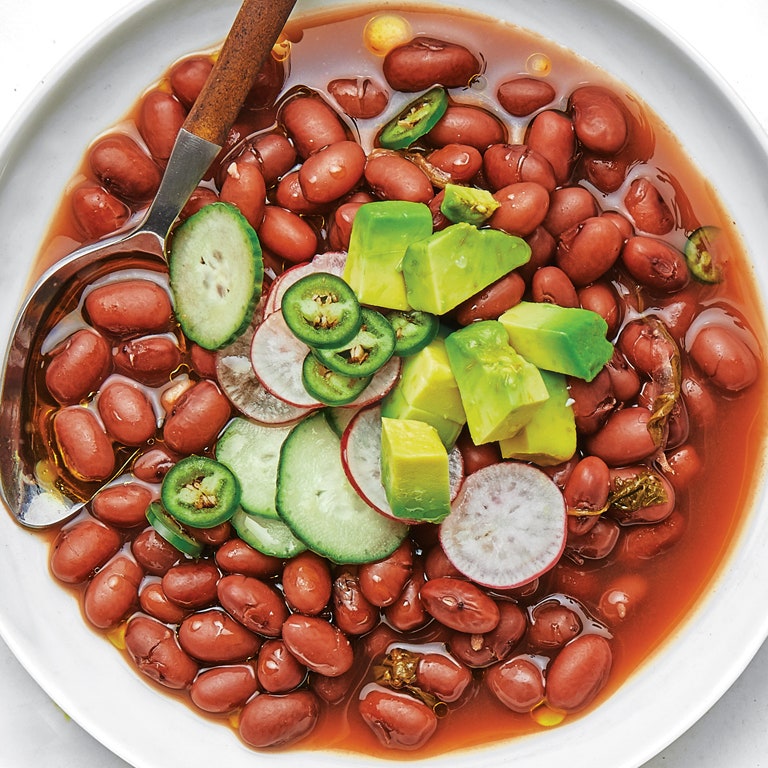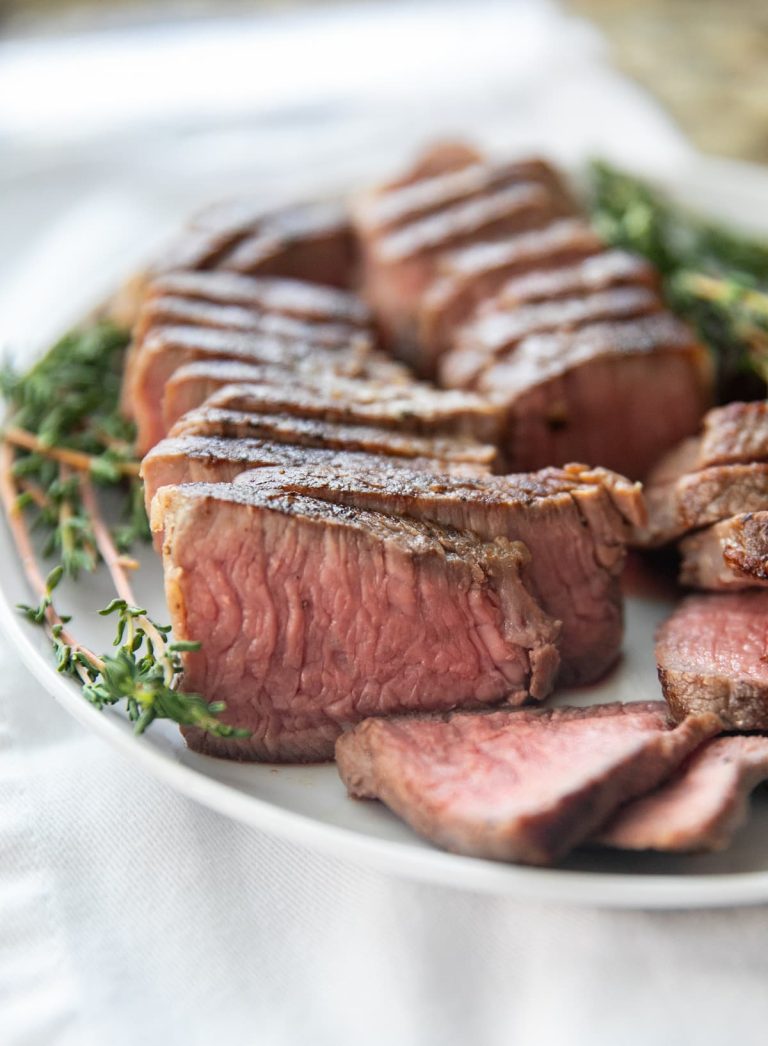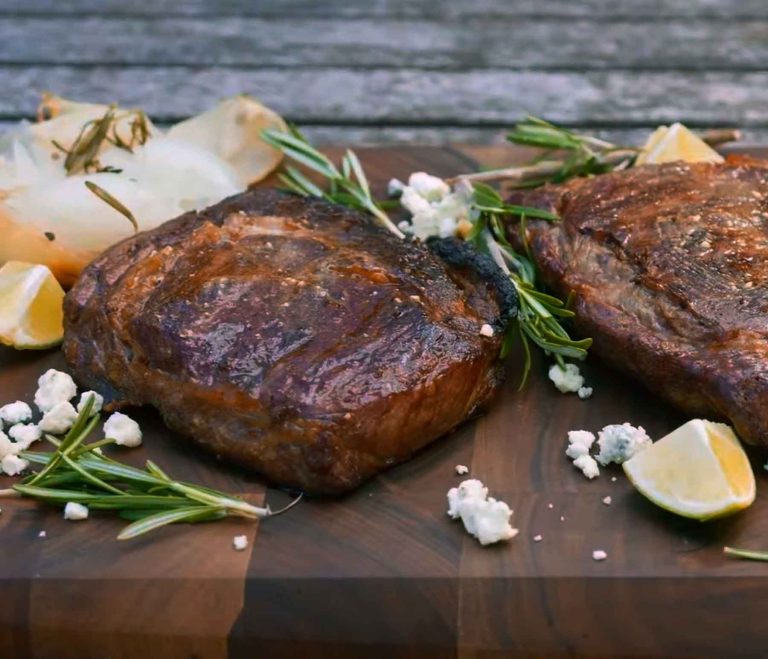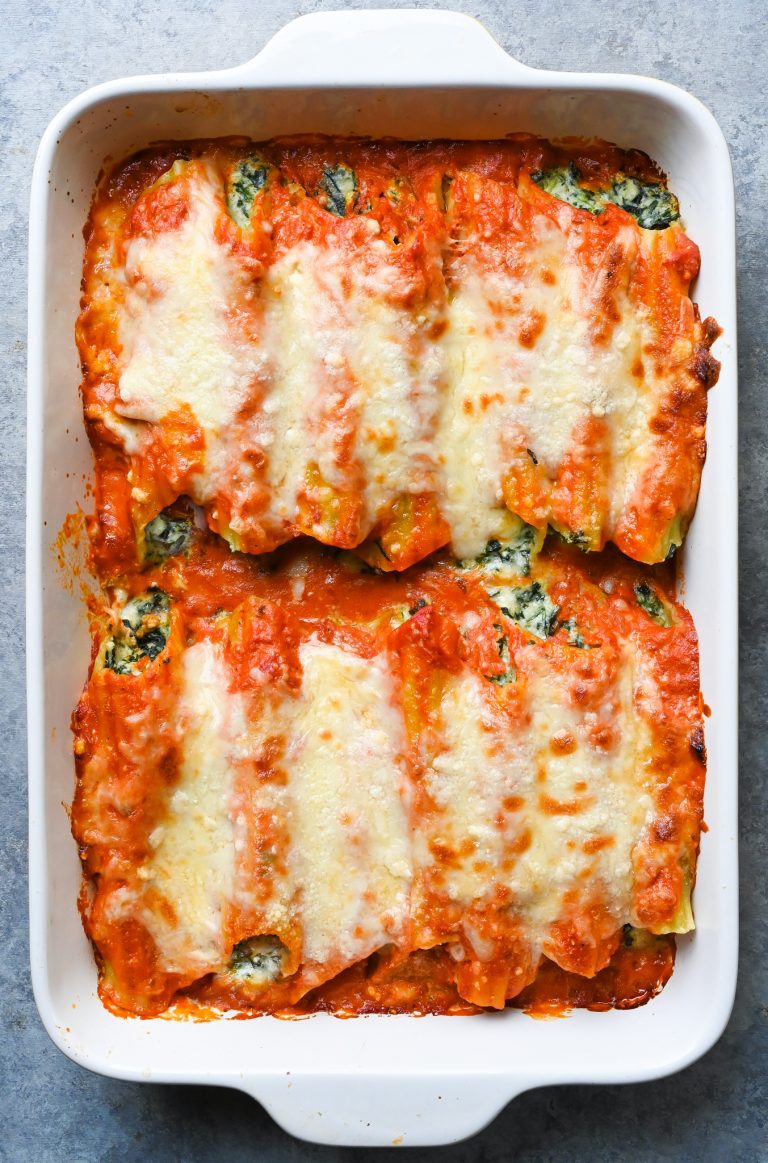Frijoles De Olla: Discover the Rich Flavors and Traditions of Mexican Pot Beans
Frijoles De Olla date back to ancient Mesoamerican civilizations, including the Aztecs and Mayans. These communities relied on beans as a dietary staple, valuing them for their high protein content. The term “Frijoles De Olla” directly translates to “beans in a pot,” emphasizing the traditional cooking method using a clay pot called an olla. This method not only enhances the beans’ flavor but also maintains their nutritional integrity. In Mexican culture, Frijoles De Olla symbolize home-cooked comfort and communal gatherings, often forming the centerpiece of family meals.
Evolution and Regional Variations
Over centuries, Frijoles De Olla evolved as indigenous practices blended with Spanish influences. Introduction of new ingredients like garlic, onions, and various herbs diversified the flavor profiles of the dish. Regional variations emerged across Mexico, each introducing unique elements. For example:
- Veracruz: Cooks add tomatoes and local chiles for a slightly tangy taste.
- Northern Mexico: Recipes often incorporate bacon or chorizo for added richness.
- Yucatan Peninsula: Black beans are preferred, seasoned with local spices and roasted habaneros.
These regional adaptations showcase the versatility of Frijoles De Olla, making them a culinary staple that reflects Mexico’s diverse food landscape.
Key Ingredients in Frijoles De Olla
Choosing the Right Beans
Pinto beans and black beans are the two most common choices for Frijoles De Olla. Pinto beans offer a creamy texture, while black beans have a richer, denser consistency. Choose high-quality, fresh beans for the best results. Scratched, broken, or overly dry beans affect the dish’s taste and texture.
Herbs and Spices Commonly Used
Essential herbs and spices include epazote, garlic, and bay leaves. Epazote adds a unique, slightly medicinal taste, making it a traditional favorite. Garlic infuses the beans with deep flavor, harmonizing with the beans’ earthy notes. Bay leaves enhance the dish’s aroma and complexity. Additional ingredients like oregano and cumin may also be used to intensify the flavors.
Step-by-Step Cooking Guide
Preparing the Ingredients
Gather essential ingredients first. You’ll need 1 pound of pinto or black beans, 10 cups of water, 3 cloves of garlic, 1 onion, and 1 sprig of epazote. For optional additives, consider bacon, tomatoes, chiles, and herbs like bay leaves, oregano, and cumin.
Sort and rinse the beans to remove debris. Place them in a bowl, cover with water, and soak overnight. If you prefer a quicker method, use the rapid soak technique: bring beans and water to a boil, cook for 2 minutes, cover, and let sit for 1 hour.
Chop the onion and garlic finely. If using, dice the bacon, tomatoes, and chiles. Prepare herbs by washing and trimming as needed.
Cooking Techniques and Tips
Use a traditional clay pot, also called an olla, if possible, to enhance the flavor. You can substitute with a heavy-bottomed pot if necessary. Add soaked beans, water, onion, and garlic to the pot.
Place the pot over medium heat. Bring it to a boil, then reduce to a simmer. Skim off foam that forms on the surface periodically.
Cook the beans uncovered for about 2-3 hours until tender. Check occasionally for water level, adding more if beans become dry. Stir gently to avoid breaking the beans.
Add epazote during the last 30 minutes of cooking to prevent bitterness. If using other spices and herbs, add them at this stage.
Optional ingredients like diced bacon can be added at the start for a smoky flavor. Tomatoes and chiles should be added halfway through cooking for freshness and heat. Adjust seasoning with salt near the end to avoid toughening the beans.
Serve Frijoles De Olla warm, directly from the pot, to retain their rich, aromatic flavor.
Nutritional Benefits of Frijoles De Olla
Protein and Fiber Content
Frijoles De Olla provide high-quality protein and dietary fiber. A single cup of cooked beans generally contains around 15 grams of protein and 15 grams of fiber. Proteins are essential for muscle growth and repair, while dietary fiber supports digestive health. Pinto beans and black beans, commonly used for this dish, have similar protein and fiber profiles, making them a valuable addition to a balanced diet.
Vitamins and Minerals
Frijoles De Olla are rich in essential vitamins and minerals. They offer significant amounts of folate, iron, magnesium, potassium, and zinc. Folate helps in DNA synthesis and cell division. Iron is crucial for oxygen transport in the blood. Magnesium supports muscle and nerve function. Potassium helps regulate fluid balance and blood pressure. Zinc aids in immune function and wound healing. Including these beans in your diet contributes to meeting daily nutritional requirements efficiently.
Serving and Pairing Ideas
Traditional Ways to Serve Frijoles De Olla
Frijoles De Olla often appear as a staple in everyday meals. In many Mexican households, they’re served in bowls with their broth intact. Use a ladle to scoop the beans and broth into a bowl, garnishing with chopped onions and fresh cilantro for added flavor and fragrance. Serve with warm corn tortillas on the side to complement the beans. Accompany with a simple salsa made of tomatoes, chiles, and lime juice to enhance the dish.
Refried beans are another traditional serving method. Drain the beans, reserving the broth for later. Mash the beans in a skillet with a small amount of lard, cooking until they reach a thick, creamy consistency. Serve as a side dish with eggs, grilled meats, or inside burritos and tacos.
Modern Pairing and Presentation Tips
Modern culinary trends embrace creativity in presenting Frijoles De Olla. Elevate the dish by incorporating it into salads. Add a scoop of well-seasoned beans atop mixed greens, then finish with avocado slices, cherry tomatoes, and a sprinkle of feta cheese. This brings a fresh twist to a classic dish, making it suitable for contemporary palates.
For a hearty and balanced meal, pair Frijoles De Olla with whole grains. Serve the beans over quinoa or brown rice, garnished with roasted vegetables like bell peppers, zucchini, and sweet potatoes. If you’re hosting a gathering, consider a taco bar. Provide bowls of Frijoles De Olla with various toppings like shredded cheese, sour cream, jalapeños, and guacamole, encouraging guests to create personalized tacos.
Adopt fusion cuisine by adding Frijoles De Olla to dishes from other cultures. Mix beans into a Mediterranean grain bowl with hummus, olives, and cucumber, or use them in a Tex-Mex-inspired casserole with layers of beans, corn, cheese, and enchilada sauce. These innovative approaches showcase the versatility of Frijoles De Olla, satisfying diverse tastes and preferences.
Conclusion
Frijoles De Olla is more than just a dish; it’s a culinary tradition that brings warmth and nourishment to any meal. Whether you’re savoring it in its traditional form or exploring modern twists, this versatile recipe offers endless possibilities. Embrace the simplicity and rich flavors of Frijoles De Olla and enjoy a taste of Mexican heritage in your kitchen.






